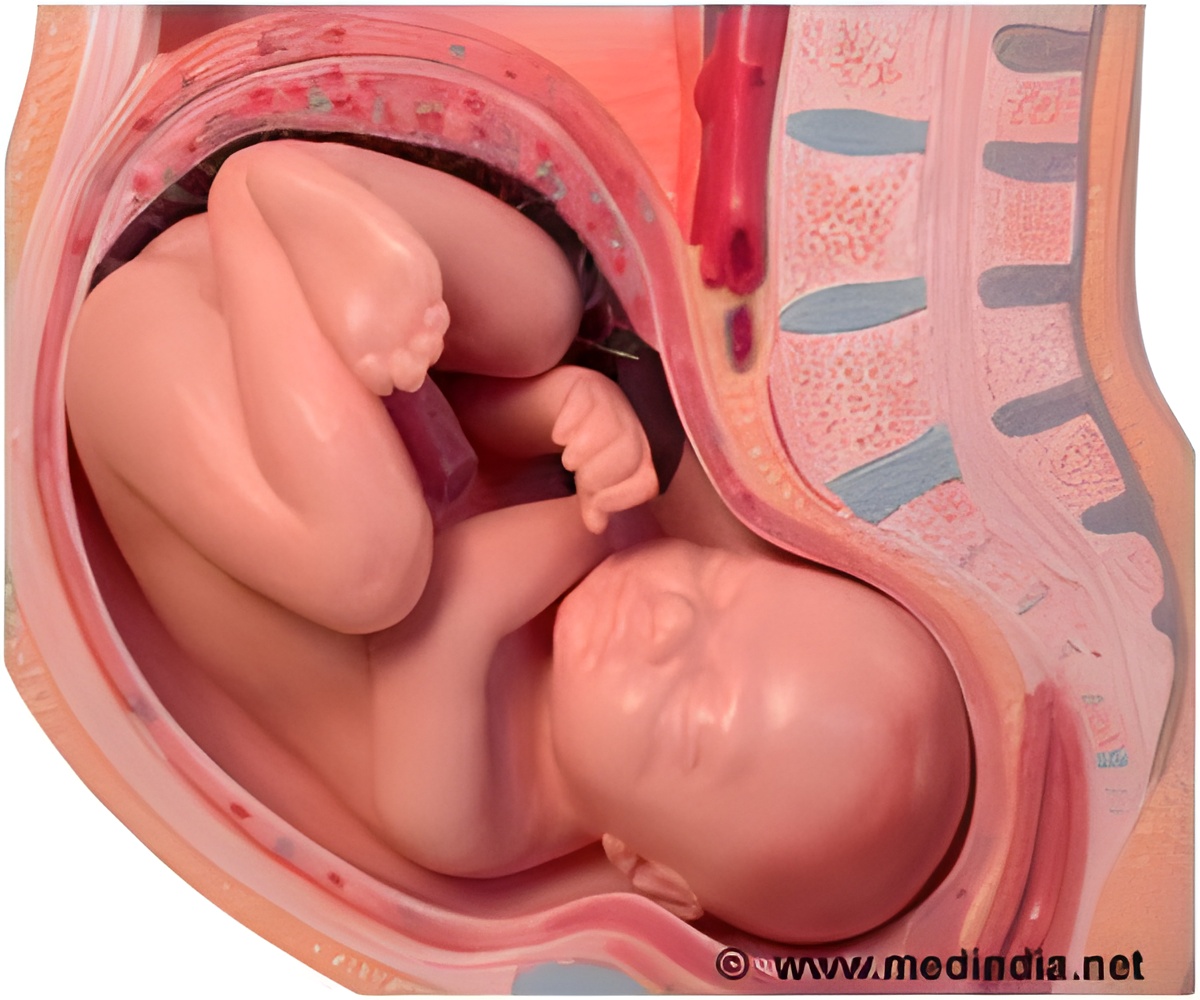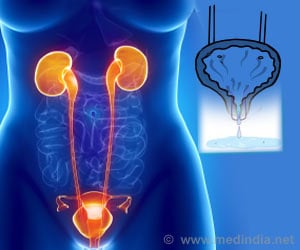An analysis by Consumer Reports has revealed that number of C-section in the United States has gone up and many hospitals are resorting to the procedure even for low-risk deliveries.

Director of Consumer Reports’ Health Ratings Center Doris Peter said, “The variation is what gets you, that really is the thing. If you compare peer hospitals in urban areas that treat the same kind of patients — meaning they share similar socioeconomic issues — to have wildly different rates suggests that there is a problem here.”
According to the report, Overlake, Providence Centralia and UW Medical Center are among the worst. Consumer Reports has urged expectant parents to inquire about the hospital's C-section rates before finalising the name.
Consumer Reports says C-section should be avoided if medically unnecessary. There are cases when a C-section is the safest option. But Consumer Reports says unnecessary C-sections add to medical costs and also increase risks for mothers and babies.
Women who can foresee a low-risk delivery should give first preference to vaginal birth. Low-risk deliveries are those where women did not have a C-section before, don't deliver prematurely and are pregnant with a single baby in proper position.
Many a times, doctors opt for C-section as they want to keep away from lawsuits or are too impatient with the labour process or they are comfortable with the operations.
Advertisement









